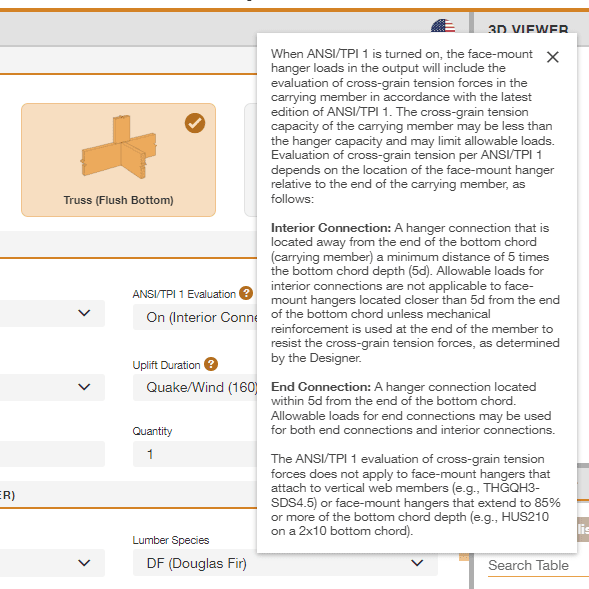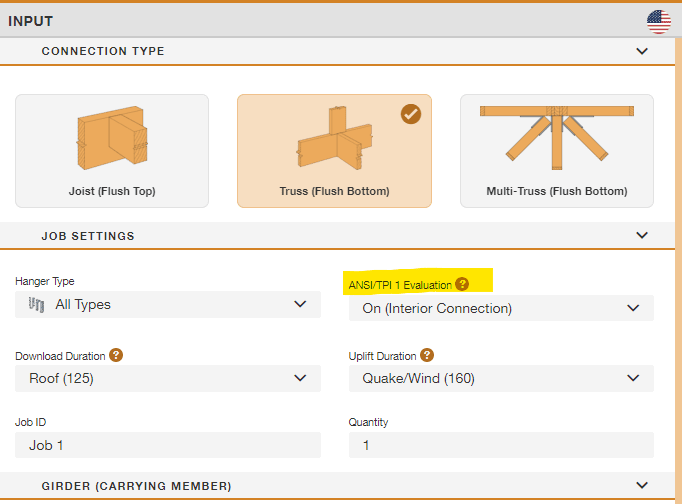Hi, i am currently designing a long lvl beam for one of my client. The beam is 24' long and is supporting roof trusses spaced at 24" o.c
The beam is 2-ply 20" deep lvl. The trusses are hanging at the top of beam as shown in the image.
1. I am wondering whether i can make use of the connected trusses for lateral bracing for the beam at top (compression side).
(so the unbraced length will be 24" at top).

2. Also i would like to know if i am connecting the trusses at the bottom (tension side) of the beam, and providing a 2x4 brace connecting top of beam back to the
top chord/web of the trusses ? will it be efficient?
3. I think in both the cases, the trusses need be checked for lateral loading from beam compression effect? is this required?
I would appreciate your responses.
The beam is 2-ply 20" deep lvl. The trusses are hanging at the top of beam as shown in the image.
1. I am wondering whether i can make use of the connected trusses for lateral bracing for the beam at top (compression side).
(so the unbraced length will be 24" at top).

2. Also i would like to know if i am connecting the trusses at the bottom (tension side) of the beam, and providing a 2x4 brace connecting top of beam back to the
top chord/web of the trusses ? will it be efficient?
3. I think in both the cases, the trusses need be checked for lateral loading from beam compression effect? is this required?
I would appreciate your responses.



